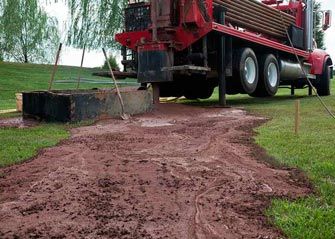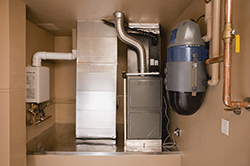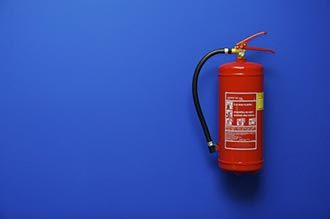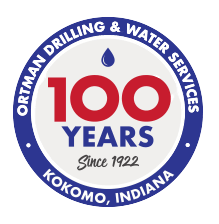How Hydrogeology is Employed in Well Site Evaluations
- By cbergman@ortmandrilling.com (Admin)
- •
- 21 Jul, 2016
- •

Geophysical Surveying
Pump Test Analysis

That said, there are a handful of common contaminants that can become an issue with a private water well. That's why it's so important to have the quality of your well water tested on a regular basis. Because you are the leading overseer of the well's maintenance, it is best to get familiar with these common well contaminants by understanding where they come from and how they should be handled.
- Flooding in the well area
- Close proximity to livestock
- Leaking septic or sewer systems
- Radon
- Boron
- Lead
- Arsenic

Unfortunately, many people may be unaware of the steps they need to take to keep their well in the best possible shape. Not knowing or responding correctly to the warning signs can result in sudden breakdowns and supply issues that may have been avoidable.
Below, you'll find a guide to some signs which might suggest your well needs to be serviced. Watching for these warnings allows you to maintain the level of performance that you desire from your good system and can keep your well flowing for many years to come.

How Does it Work?
Benefits

Testing a well's water is essential for determining if the liquid is safe to consume. It needs to be done with frequency so that you are always knowledgeable about the water you are receiving.
Determining Safety
Locating Other Problems

Protect Valuable Assets
Your facility might house certain objects that are difficult or impossible to replace if they were to be damaged by a fire. Your business might rely on certain pieces of machinery, so if something happens to those pieces, you would have to suspend operations. Museums, art galleries and other facilities that house irreplaceable items need to have protections in place to safeguard those assets.










